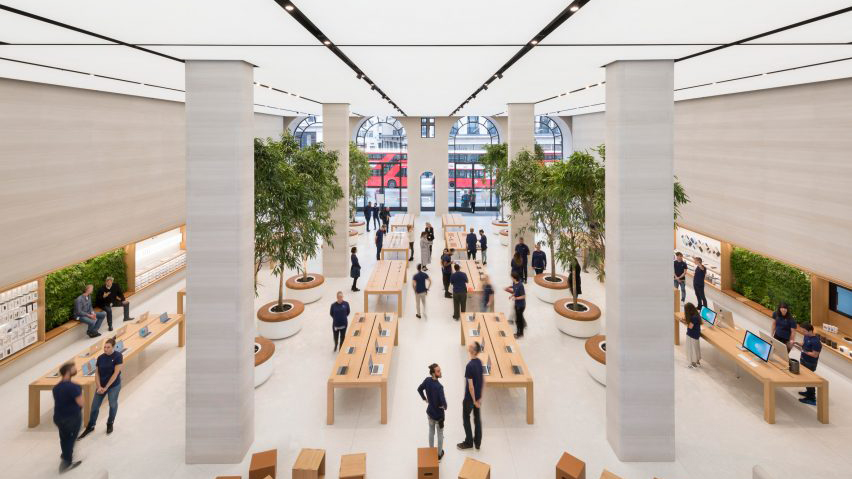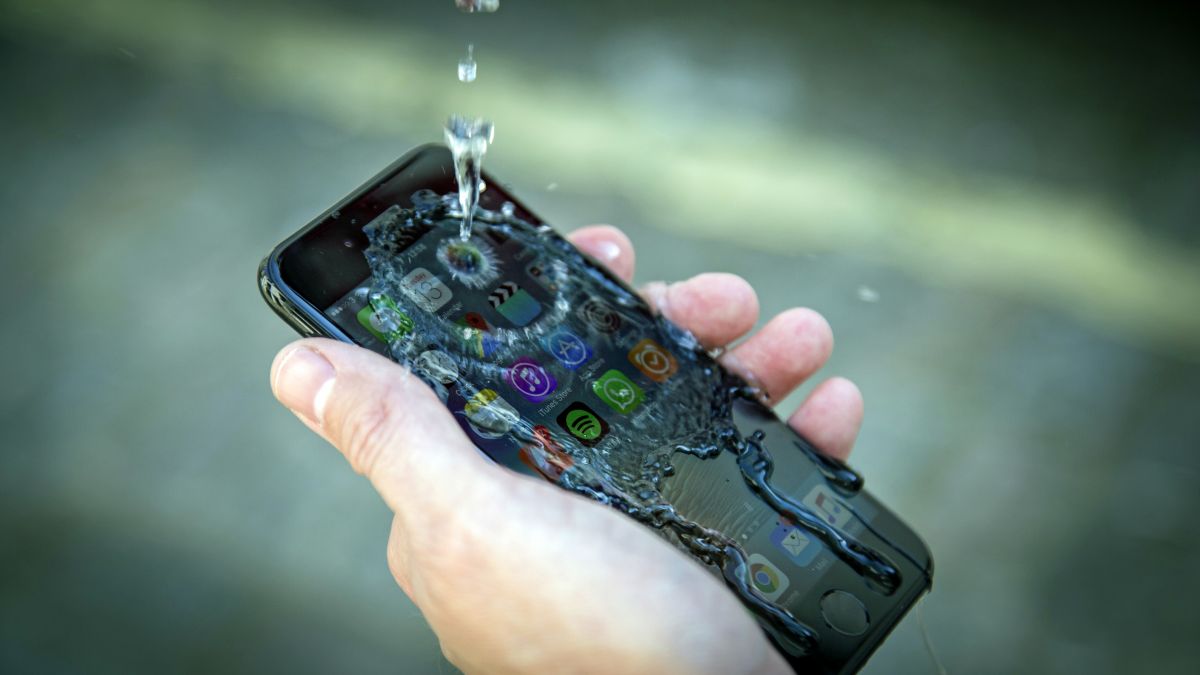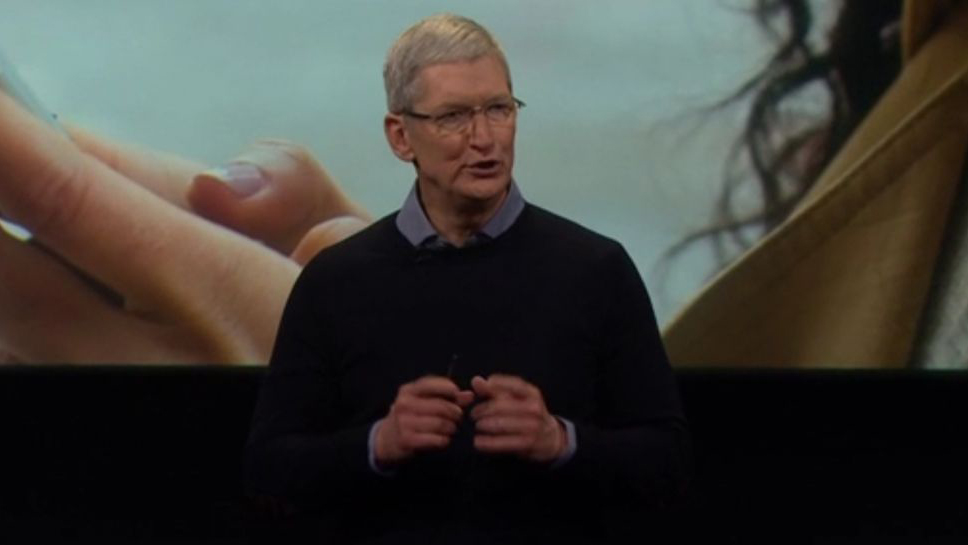Apple’s highs and lows of 2016
Much like its stock price around a big event, Apple’s year has seen a few ups and downs

As the renowned poet Ronan Keating told us, life is a rollercoaster – especially when you're the most valuable company in the world, and your every exploit divides opinion at the best of times.
Apple has enjoyed some fantastic launches and developments in 2016, but there have also been a few stumbles, and some disappointments for its fans, along the way. Here’s our round-up of Apple's highs and lows of 2016.
High: iPhone still pretty darn popular

It was another good year for Apple’s cash cow, which saw the sale of its billionth iPhone – and that was before the launch of the iPhone 7 and iPhone 7 Plus in September. You could argue that those models should be on our list of lows, considering the furore over the removal of the headphone jack, but by all accounts the new models are massive sellers anyway, so here we are.
They weren’t the only new phones though: the iPhone SE also showed that Apple wasn’t abandoning people who liked smaller phones completely, with its iPhone 6S-level processor and camera in an iPhone 5S’s body.
It all added up to one astonishing stat: Apple made 104% of the entire smartphone industry’s total profits in the third quarter of 2016. How did it manage to make more than 100%? Well, other companies made big losses, and Samsung’s disastrous Galaxy Note 7 recall didn’t do the Korean company any favors.
Basically, Apple had its cake and ate it, and then ate Samsung's, LG's and HTC's too.
Low: first profit decline in 15 years
In September, Apple reported its financial year-end results, which came with a sting: the profit for the year of $45.7 billion was a 14% decline on the amount it made the year before, meaning it was the first time Apple hadn’t grown its levels of profitability in 15 years (not coincidentally, the year the iPod was introduced.
Sign up for breaking news, reviews, opinion, top tech deals, and more.
Now, that’s still what those in the financial world call Quite A Lot Of Money, although we can't imagine Tim Cook will be happy with the situation – but whether the explosive growth of the iPod-to-iPhone era is really possible again is by no means certain.
High: beating the FBI

This feels like a long time ago now. Early this year, Apple was asked by the FBI to devise a way to unlock a phone used by one of the perpetrators of a terrorist attack in San Bernadino, California.
Apple has always taken a strong stance on the privacy of its users, and refused to cooperate with the FBI, saying the tools it was being asked to create would put iPhone users everywhere at risk of hacking.
It wasn't what you'd call an amicable disagreement, and ended up with Apple General Counsel Bruce Sewell and FBI Director James Comey (who also made headlines recently during the US Presidential election) testifying in front of Congress.
Ultimately, the FBI found another way to get the data it was after, and Apple came through the ordeal looking like a company that protects the privacy of its users, even when the going gets tough.
Low: EU tax problems
Apple has been making terrifyingly large profits for years, but that money doesn't all go straight back to its Cupertino headquarters. A lot of money made outside the US is funnelled through Apple's operations in Ireland, and a three-year European Union investigation into how the company conducts this business led to accusations that Apple was using the system to avoid paying its full share of taxes.
According to the report, Apple paid corporation tax as low as 0.005%, and may have to pay €13 billion in back-taxes to Ireland. For its part, Apple will appeal, and Tim Cook described the report as "total political crap". But with Apple's Ireland operations having previously been scrutinised by the US Senate for allegedly being a way to avoid US taxes, the company's reputation has taken a bruising whatever happens.
High: new store concept rolls out

In 2014, Apple lured former Burberry CEO Angela Ahrendts away from the luxury brand to be its new Vice President of Retail. Given that Ahrendts had a history of improving Burberry's stores with new technology for a better customer experience (she had named Apple as one of her key inspirations), it was a natural fit, and it seemed inevitable that Apple's own stores were in for a reinvention.
And sure enough, this year Apple unveiled its new shopping concept in two big locations: a new store in Union Square, San Francisco; and a revamp of its store in Regent Street, London (above).
You get more open spaces and new areas for creativity software demonstrations, and even the famous Genius Bar is no more – Apple's technicians now sit with the people they're helping, surrounded by local plants (possibly intended to be a calming influence for people stuck with broken iPhones). Some stores will even have 24-hour open public spaces, offering performances and art, as well as free Wi-Fi.
Low: iPhone reliability issues

Okay, so Apple had nothing on the scale of Samsung's explosive Galaxy Note 7's to worry about, but for a company that prides itself on the reliability of its products there were a lot more problems with iPhones this year than it can possibly have been happy with.
There was ‘error 53’, which bricked iPhones that had the Home button fixed by a non-Apple source; the '1970 bug', where setting the date to 1970 (there was a reason for doing it, albeit a spurious one) killed your iPhone; the iPhone 6 ‘touch disease’. There was a bug when listening to audio through the Lightning port on the iPhone 7 (y'know… its only audio port…), and Apple launched a program to fix a battery problem in the iPhone 6S. That's a lot of bugs. Too many.
High: iOS 10 and watchOS 3 hit the mark
Apple's new mobile operating systems were great updates – especially watchOS 3, which was a big course correction for Apple's wearable. It and the new Watch Series 2 hardware fixed a lot of the issues with the original watch, and rethought how you get to apps and information on the Watch.
iOS 10, meanwhile, was a bit more conservative, but it did make the lock screen much more useful, added great new rich notifications, opened up Siri and Messages to new features, and added dozens of other improvements.
iPads weren't quite as well-served, admittedly, and macOS Sierra was a relatively light update, which disappointed some people. But still, Apple impressed overall with its software releases this year.
Low: not a great year for Pro products

Only two Mac products got updates in 2016: the MacBook, and the MacBook Pro lineup. The Mac Pro, iMac, and Mac Mini lines were all left untouched – the first time Apple’s entire desktop fleet has gone without an update for a whole calendar since 1982 – as was the iPad Pro 12.9-inch, although the iPad Pro 9.7-inch did launch earlier this year, and is a truly phenomenal tablet.
The MacBook Pro refresh was welcome, and the new thinner, lighter design is super-smart, but it’s had a mixed reception – the 13-inch versions aren’t much more powerful than the previous year's models, but are more expensive (the 15-inch version is nicely powerful though).
It adds a big new feature in the Touch Bar, but it also swaps its wide range of ports for just four Thunderbolt 3 ports. These ports are extremely flexible, and can become almost any other kind of port… but only with the right adapter, which adds cost and hassle.
Some were also disappointed at the lack of a 32GB RAM option, though this is a pretty niche complaint, admittedly. Even if you loved the MacBook Pro update, the years-long stagnation of the Mac Pro (no updates since 2013!) and Mac Mini (2014!) is massively frustrating.
High: becoming a better citizen of the world
There have been times when Apple has been accused of being a bit too ensconced in its California headquarters, with the result that products tested there may not work as well outside of Cupertino – such as Apple Maps, at its launch.
New services it launches are also usually focused on the US, and may be more limited (or nonexistent) elsewhere. We've seen this to a degree with the new Apple TV app this year, but in general, Apple's getting much better about such things, and 2016 has been a good year for it to reach out and ensure that it’s working in a global way.
Apple Pay launched in China, Japan and Switzerland, the company opened its first store in Mexico, and it updated GarageBand with some special instruments for Chinese users. Most importantly, it's also investing in development in new places: it opened its first iOS developer academy in Italy, and it launched a new development centre in India, with a second to come in 2017, to help support new apps coming from big new markets.
It's encouraging to see Apple engaging with communities and partners around the world more meaningfully than ever.
Low: finally losing the ebook price-fixing case
Apple fought the case for three years, but the US Supreme Court put the matter to bed by upholding the verdict that Apple conspired with ebook publishers to raise ebook prices.
The final amount Apple has to pay back to ebook buyers? A cool $400 million. Apple started paying it back from June, so if you bought ebooks from Amazon, Barnes & Noble, Kobo, or Apple itself, you may have received credit.